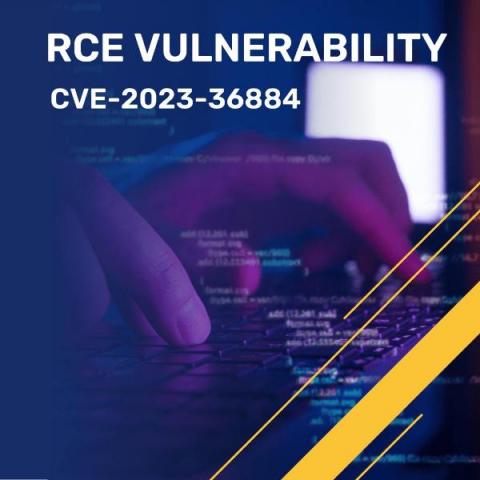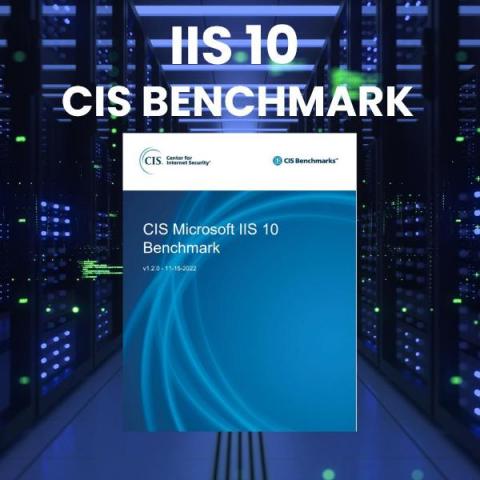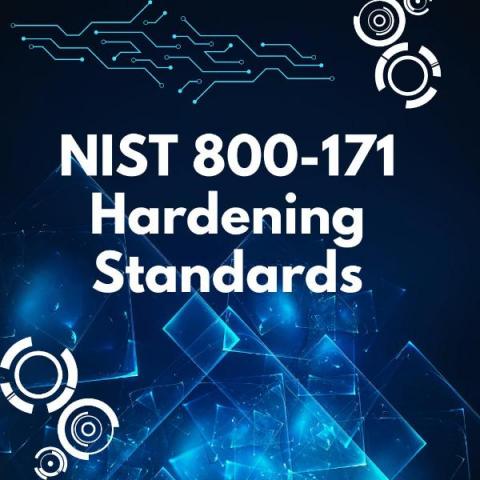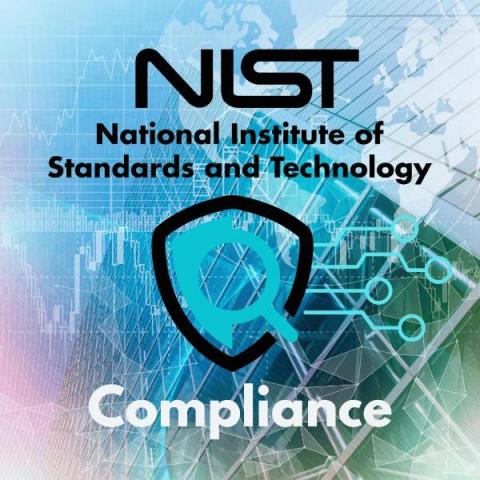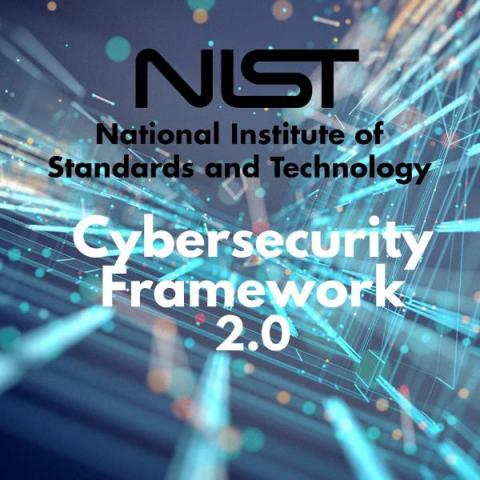RCE vulnerability CVE-2023-36884
A phishing campaign carried out by the threat actor known as Storm-0978 has been detected by Microsoft. The campaign specifically targeted defense and government entities in Europe and North America. It exploited the CVE-2023-36884 vulnerability through Word documents, enabling a remote code execution vulnerability. Notably, the attackers used lures associated with the Ukrainian World Congress before the vulnerability was disclosed to Microsoft.


